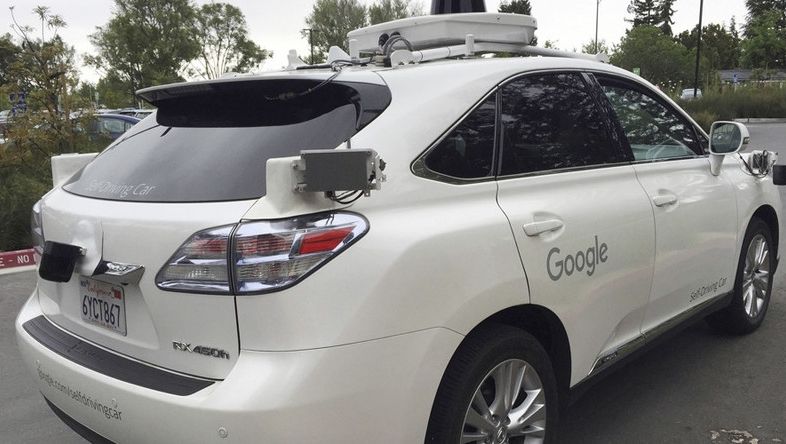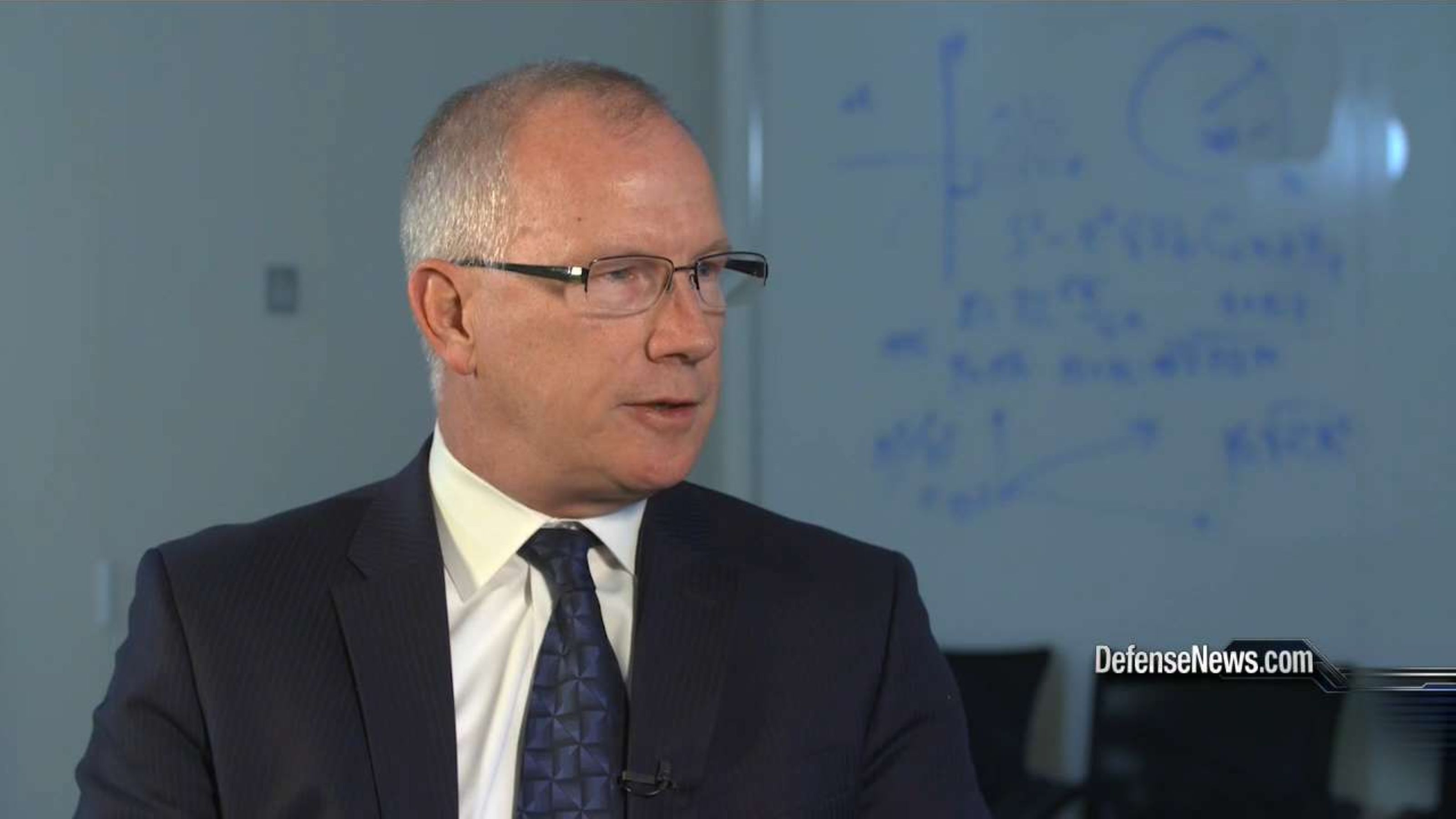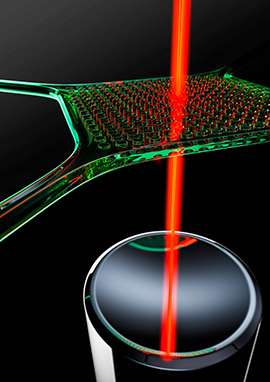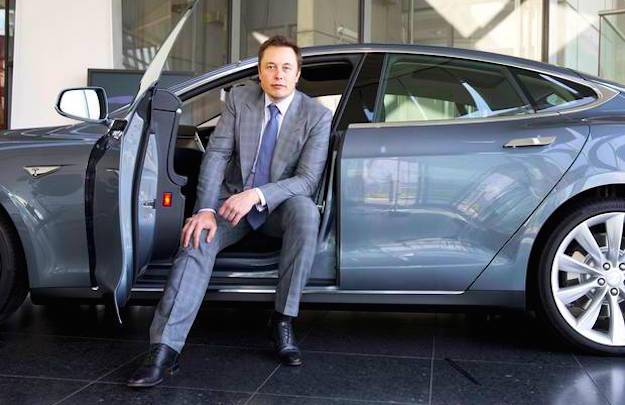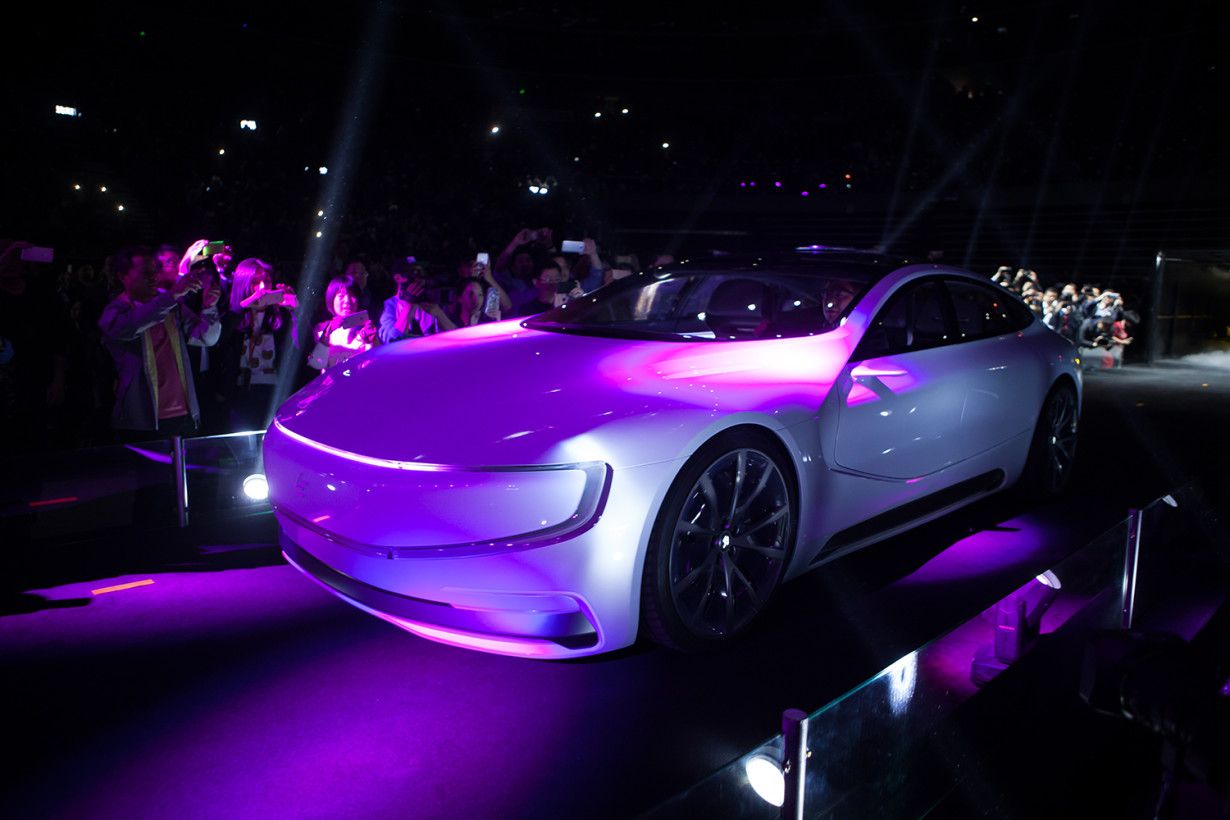My new Vice Motherboard article on environmentalism and why going green isn’t enough. Only radical technology can restore the world to a pristine condition—and that requires politicians not afraid of the future:
I’m worried that conservatives like Cruz will try to stop new technologies that will change our battle in combating a degrading Earth
But there are people who can save the endangered species on the planet. And they will soon dramatically change the nature of animal protection. Those people may have little to do with wildlife, but their genetics work holds the answer to stable animal population levels in the wild. In as little as five years, we may begin stocking endangered wildlife in places where poachers have hunted animals to extinction. We’ll do this like we stock trout streams in America. Why spend resources in a losing battle to save endangered wildlife from being poached when you can spend the same amount to boost animal population levels ten-fold? Maye even 100-fold. This type of thinking is especially important in our oceans, which we’ve bloody well fished to near death.
As a US Presidential candidate who believes that all problems can be solved by science, I believe the best way to fix all of our environmental dilemmas is via technological innovation—not attempting to reverse our carbon footprint, recycle more, or go green.
As noted earlier, the obvious reason going green doesn’t work—even though I still think it’s a good disciplinary policy for humans—is the sheer impossibility of getting the developed world to stop… well, developing. You simply cannot tell an upcoming Chinese family not to drive cars. And you can’t tell a burgeoning Indian city to only use renewable resources when it’s cheaper to use fossil fuels. You also can’t tell indigenous Brazilian parents to stop poaching when their children are hungry. These people will not listen. They want what they want, and are willing to partially destroy the planet to get it—especially when they know the developed world already possesses it.


